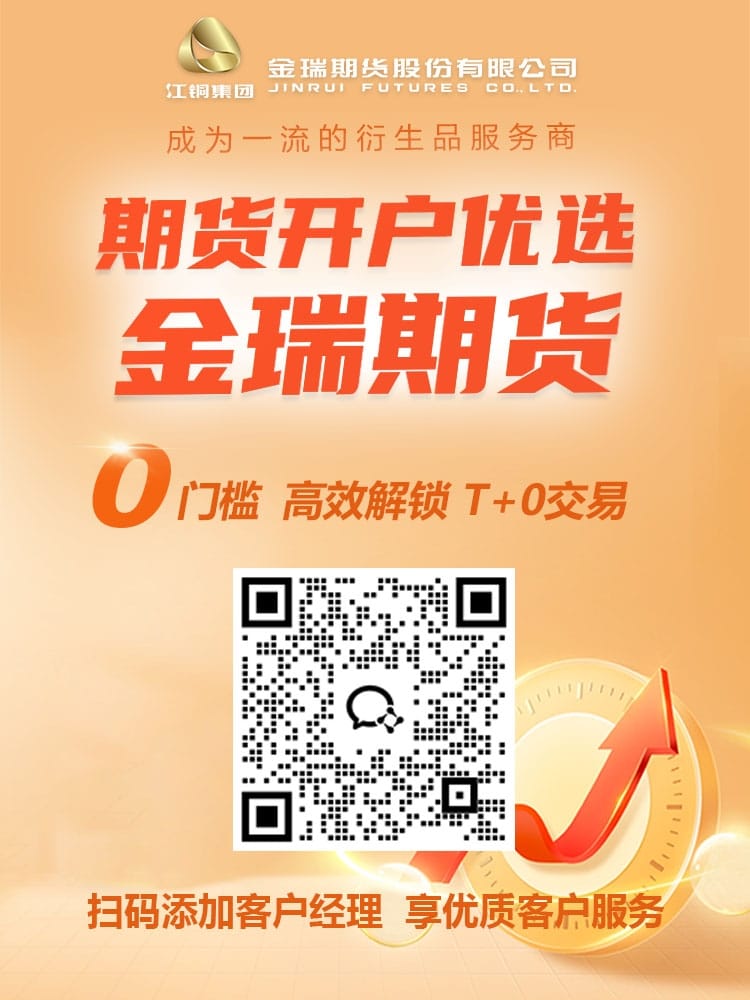TMTPOST -- China』s household deposits fell sharply in July and August compared with last year, while deposits at non-bank financial institutions surged, highlighting a shift by savers into equities amid record-low interest rates, according to the latest data from the People』s Bank of China (PBOC).
New household deposits in August slumped 84.5% year on year to 110 billion yuan (US$15.4 billion), the central bank said on Sept. 12. By contrast, deposits at non-bank financial institutions — including securities firms, fund managers, and insurers — soared 84.6% to 1.2 trillion yuan (US$168.5 billion).
The two trends are closely linked: when households buy stocks or funds, money flows out of their personal bank accounts into brokerage or fund accounts. Thus, falling household deposits paired with rising non-bank deposits typically signals stronger retail appetite for investment.
The outflow accelerated in July, when household deposits dropped by 1.1 trillion yuan (US$154.5 billion) — more than three times the decline a year earlier — while non-bank deposits tripled to 2.1 trillion yuan (US$295 billion), the highest level for the period since 2015.
The rally in Chinese equities has mirrored these flows. The Shanghai Composite Index gained 3.7% in July and a further 8% in August, hitting 3,892.74 on Sept. 12 — its highest level since August 2015.
「Macroeconomic conditions have improved since July,」 said Wang Jian, chief financial analyst at Guosen Securities, in comments to Yicai. 「Regulators are pushing back against excessive, self-defeating competition, which has lifted long-term expectations and supported the stock market.」
With bond yields at historic lows, traditional fixed-income products have lost their appeal, channeling more capital into equities, Wang added.
China』s monetary easing has pushed bank deposit rates to record lows. In May, state-owned lenders cut deposit rates for the seventh time since September 2022, with the one-year rate sliding 15 basis points to 0.95% — the first time ever below 1%.
Despite abundant liquidity, credit growth remains weak. Yuan-denominated loans expanded by 13.5 trillion yuan (US$1.85 trillion) in the first eight months of 2025, down 970 billion yuan (US$136.2 billion) from the same period a year earlier, suggesting companies and households remain cautious, the PBOC said.
Gold has emerged as a key safe-haven asset. Since May 2024, gold investment returns have exceeded 30% for some investors through accumulation plans and gold ETFs.
Corporate funds are also participating in the migration. While corporate bond issuance in August 2025 reached 134.6 billion yuan—down 36 billion yuan from a year earlier—many companies shifted idle capital into corporate wealth management products instead, seeking better returns amid low deposit rates.
Looking ahead, the pressure for deposit migration is likely to continue. Major banks have cut one-year deposit rates below 1%, while money market funds yield just above 1%, creating a 「comparison effect」 that encourages fund outflows. At the same time, wealth management products such as fixed income plus and policy bank bond funds offer both stability and higher returns. If the equity market continues to recover, it could attract even more capital from investors willing to take moderate risks.
For retail investors, the migration of deposits is about more than moving funds—it is a strategic restructuring of returns. While some aim to achieve 「interest income covering daily expenses」 through real estate or wealth management, others venture into equities for higher returns. However, missteps can be costly.
Consider the case of Li Yu (pseudonym), an internet company employee with moderate risk tolerance. In early 2025, he withdrew 1 million yuan from a fixed deposit to purchase a popular wealth management product. Initially promising a 4% yield since inception, the product』s actual return after nearly a month dropped to just 0.15%. Li later learned that high initial yields often reflect temporary allocations of high-return assets to attract investors, which are later replaced by ordinary assets, causing returns to decline.
After this experience, Li developed a personal risk-avoidance strategy. He now prioritizes recent one-month yields over since-inception performance, monitors unit net value, and avoids products that suddenly reopen quotas—often a sign of declining performance. His current portfolio includes 400,000 yuan in R2-level fixed-income products (yielding 2.8% annually), 400,000 yuan in fixed income plus products (yielding about 3.5%), 100,000 yuan in structured deposits, and 100,000 yuan in gold ETFs.
Zhang Xuefeng suggests that fixed income plus products and policy bank bond funds reflect households』 compromise between stability and higher returns. These products typically use bonds as a foundation while enhancing returns with a small equity allocation, aligning with investors』 preference for 「stability without mediocrity.」
Beyond returns, professionals advise investors to consider additional indicators such as the Sharpe ratio, maximum drawdown, manager co-investment, underlying asset quality, and fee structures. They also caution about 「return erosion」 during redemption periods, recommending methods like cumulative return review to determine optimal holding or redemption strategies.
Financial advisors emphasize that investors should avoid blindly following market trends. Zhang Xuefeng recommends a layered portfolio approach based on risk tolerance. For low-risk investors (often middle-aged or elderly), over 50% of funds should be allocated to low-volatility assets such as government bonds or deposits, complemented by annuity insurance and cautious equity participation. Middle-aged and younger investors may adopt a 「core-satellite」 strategy, with 60% in stable assets (bond funds, REITs), 30% in equities (index funds), and 10% in alternatives such as gold. Younger investors with higher risk tolerance may increase equity allocations to 50%-70% while still avoiding impulsive trend-chasing.
Annuity insurance provides stable, predictable returns suitable for conservative investors, though early surrender may result in losses. Systematic long-term investment in dividend ETFs allows investors to share in equity growth while mitigating volatility but requires tolerance for market fluctuations and potential short-term losses.
Before moving funds, investors should clarify their objectives: short-term emergency funds (3–6 months of expenses) should remain highly liquid, medium-term investments (1–3 years) can be directed toward fixed income plus products or policy bank bonds, and long-term savings (5+ years) may include annuities or real estate. A thorough risk assessment ensures that portfolios align with tolerance levels and long-term goals.
As one industry insider summarizes, 「Moving deposits is not about 『escaping from savings,』 but about 『optimizing asset allocation.』 The core goal for ordinary people is to ensure their funds do not depreciate and steadily appreciate, rather than pursuing overnight riches. Choosing the right path, avoiding pitfalls, and planning carefully are the keys to truly benefiting.」
China』s household fund migration illustrates a cautious but strategic shift among investors, balancing low-interest-rate pressures with the search for stability and growth. With wealth management products, equities, real estate, and gold all playing a role, the financial landscape for ordinary households is undergoing a quiet but profound transformation.





























